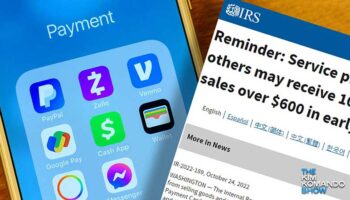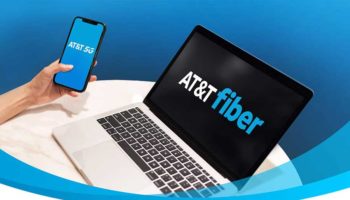by Kim Komando, Special for USA TODAY
A few years ago, a cable technician was working on the lines outside my house. When I mentioned I was paying for the company’s top-tier Internet service, he snorted and said, “You can’t get that tier of service with these lines.”
It was a lesson to me: We have to always be on guard in dealing with these large cable and Internet companies.
There are big legal battles in the news these days between these companies; and when there are big legal battles, it means big bucks are at stake.
Let’s remember that we the customers are the ones generating those big bucks, and we have to be smart about what we’re paying and why.
Leaving aside our cable TV bills, which are always going up, there are the costs we pay for simple Internet access. Those are high and always going up, too. Several studies have noted that the U.S., among developed nations, pays more for Internet — and gets the slowest speeds.
No wonder that a lot of us are trying to figure out a way to lower our Internet bills. I’ve got three suggestions.
Step one is calling your provider at least once a year to go over your bill to figure out what you are paying for and why, for both cable TV and Internet. Here’s another true story: I recently found I had been charged for a big sports package over the previous two months – and got actual attitude from the customer-service rep when I said I wanted a refund.
It turned out that, in a previous upgrade, even though I hadn’t asked for it, the company had slipped in the package free for a year. Why? Because the fine print said they could start charging for it after the year was up! Nice.
Check and see what exactly you’re paying for each month. Test your bandwidth speed to make sure you’re getting something in the general area of what the company is promising.
Two, consider what alternatives you have available to you; if you can, threaten to take your business somewhere else and see if that nets you a discount of some sort. There are several websites that help you compare broadband services.
But there’s a catch: The biggest problem all of us have with our cable and Internet bills is that there just isn’t actual competition in most cities. We’ve got one choice for high-speed Internet – or nothing.
But there’s a class of people who actually do have a choice. Not every household is sucking up multiple lines of Netflix at any given time. Nor does everyone have a streaming music service on eight hours a day.
If you’re not in one of those categories, consider checking out a local service that almost always provides competition to a cable modem. It’s good old DSL.
DSL was a hot new technology 15 or 20 years ago. Today, it’s an also-ran. DSL speeds have increased in recent years. There are new innovations on the way, too. For a household that basically just surfs the Web and watches You Tube videos, it’s plenty fast enough – and you might save $30 or more on your Internet bill per month.
And in fact, if you read the Netflix and Pandora fine print, you’ll see that the basic requirements are pretty low and should work decently with many DSL services.
DSL is generally provided by your local phone company. It comes in to your house over their copper lines. Try giving that company a call and ask to hear their DSL pitch. If you’re a potential defector to DSL from a big local cable-modem provider, I’ll bet you can get a pretty good deal.
Also take the time to check out a number of other new Internet services being rolled out through the country. One is Verizon’s FIOS service; another is AT&T’s U-Verse. Both of these are trying to bring the promise of fiber closer to actual consumers, though in a somewhat makeshift system. Because it costs too much to run fiber to every household, the companies are using copper phone lines, DSL style, for the so-called “last mile” to customers’ homes. Since these services are designed to compete with local cable providers, you should find some good sign-up options.
Finally, here’s a tip that some families with kids might not know about. Most cable companies offer a basic and no-frills $10 a month Internet connection to certain families. The qualifier: You have to have a child who is enrolled in the National School Lunch Program. The idea is that this helps low-income families with kids not be left on the bad side of the so-called “digital divide.”
The Kim Komando Show is a weekend radio talk show where Kim helps her audience with advice on today’s digital lifestyle. To learn more visit www.komando.com.





